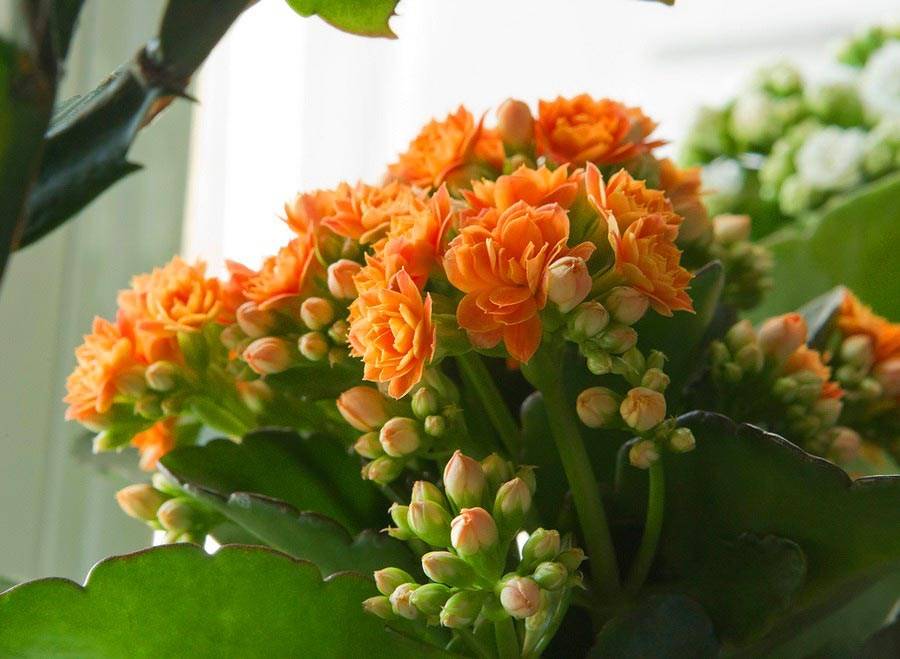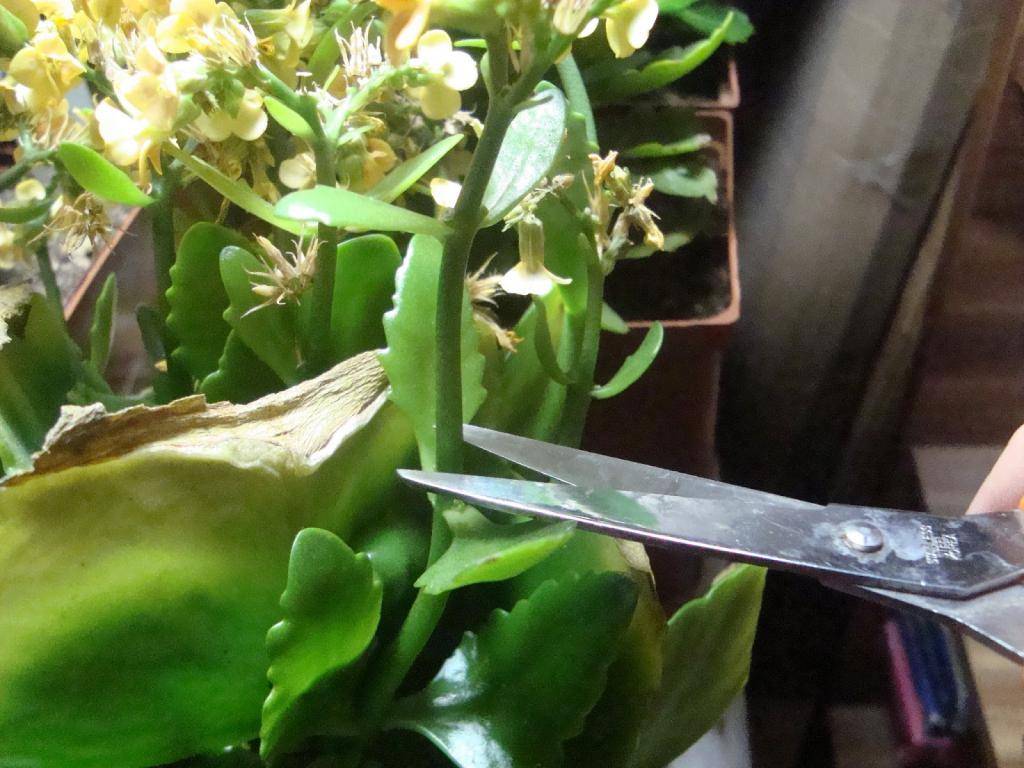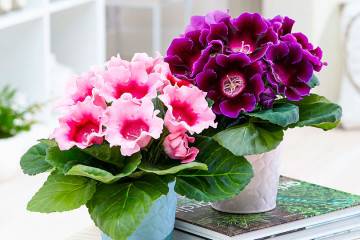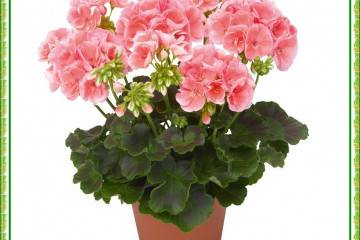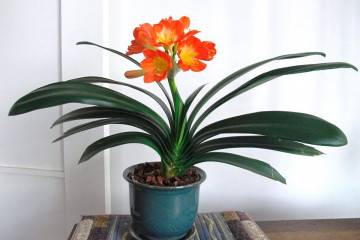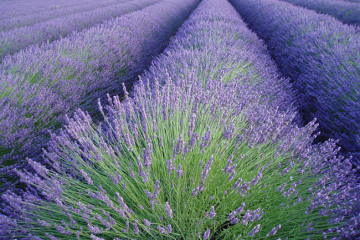When Kalanchoe blooms - how often at home
Content:
Indoor plants can decorate any room. If a person knows when Kalanchoe blooms, he can give a succulent instead of a bouquet. Such a present will appeal to both men and women.
Features of the content
Kalanchoe without flowers does not look very presentable. With proper care, the compact bush quickly releases buds. Thanks to the work of breeders, they can have different shades.
Flowering frequency
As a rule, Kalanchoe blooms at the end of January and lasts until the end of spring. But there is a special technique that allows you to extend this period until September.
Some species
Thanks to selection, several hundred varieties of Kalanchoe were bred.
- Kalandiva is distinguished by its miniature size. The height of the variety rarely exceeds 30 cm, and the stems are densely covered with small flowers of different shades.
- Degremon can grow up to one meter in height. It has bright leaves: the inside is gray-green, and the outside is dark green. It blooms rarely and only in winter, paniculate inflorescences.
- Laciniat has an unusual leaf shape. They resemble branched deer horns and are painted in a rich green color. This species is not a color, it is attractive only for its feathery leaves.
- The dissected variety has similar characteristics. Panicled Kalanchoe attracts attention with its round silvery leaves. Small inflorescences appear only in April or May.
Care after purchase
You can find different types of Kalanchoe in the store. Select specimens with whole, healthy leaves. They should be free from scratches, damage and look flaccid. Preference should be given to bushes with a large number of buds.
Kalanchoe needs to be carefully checked for pests. The bush should be free of plaque, scabs and small bugs. After the plant is brought home, it is quarantined for two weeks. At this time, the pot with the plant is placed in a separate room. This measure is needed to prevent the spread of pests and diseases in the apartment.
Taking care of the Kalanchoe is very simple. The flower is transplanted into a clay pot (it should be 1.5-2 cm larger than the earthen coma). Kalanchoe needs diffused light, but it must be protected from direct sunlight. The optimum temperature is 20 ° C. Water the plant as the soil dries up. Usually 2-3 waterings per week are enough.
Additionally, they use fertilizing for flowering plants. They make it possible to replenish the deficiency of nutrients in the soil. With this care, Kalanchoe can bloom 3-4 times a year.
When caring for a flowering plant, you need to carefully monitor the drying out of the soil. Lack of moisture will negatively affect the formation of buds.
As soon as the Kalanchoe decides to bloom, it is moved to a bright place. Until the end of the flowering process, it cannot be cut off. Dried inflorescences can be carefully removed so that the plant does not waste its energy on it.
Possible problems
It is impossible to say unequivocally which type of Kalanchoe is better, and how many times it blooms per season. Sometimes, after the purchase, the plant quickly fades away, and then for several years it only grows green mass.
The reasons
The plant may not bloom due to improper care. First of all, this applies to sunlight. In a dark place, the Kalanchoe will not fully develop. Only with a long day of light does bud formation occur.
Sometimes the soil is not suitable for the plant. For Kalanchoe, a neutral or slightly acidic soil is needed. The most difficult thing is to maintain the watering regime. The soil should not be allowed to dry out, but waterlogging is also dangerous. Therefore, the pot must have drainage holes. With their help, excess moisture will drain.
You do not need to spray the leaves, as succulents accumulate moisture in the leaves.
Do not transplant a flower into a pot that is too large. In this case, the Kalanchoe will grow the root system, and not the green mass and buds. The pot should be 1.5-2 cm larger than the earthy coma.
Stimulation
Experienced growers know how to increase the likelihood of abundant flowering. To do this, you need not only to properly care for the Kalanchoe, but also to apply some tricks.
The first is the creation of day and night. For this, the plant is kept under bright light for 8-10 hours, after which it is transferred to a dark place. This procedure allows you to push the plant to bloom profusely.
A common reason why the Kalanchoe does not release buds is the absence of a temperature drop. All plants in nature begin to bloom after winter. To cause a change of seasons, you must first transfer the Kalanchoe to a dormant period. To do this, you need to reduce daylight hours to 6 hours and lower the temperature to 15 ° C. After a month, the indicators gradually increase. The plant will think that spring has begun and will form buds.
Observant people may notice that Kalanchoe often blooms in office spaces. In such conditions, simple care is carried out for them, but the basic requirements are observed: the duration of daylight hours, the change of day and night, and a low temperature.
In order for the Kalanchoe to bloom, you need to monitor its condition.
It is also important to know what to do with the Kalanchoe after flowering. This is not an annual succulent, therefore, with proper care, it can please again with buds after a while.
Post-flowering care
It is necessary to remove all peduncles, and prepare the plant for a dormant period. This is an important stage that allows the Kalanchoe to recuperate for the next season. Do not neglect this, as otherwise you will not be able to wait for a new flowering.
Translation features
As soon as the last peduncle dries up, they begin to prepare the Kalanchoe for rest. Home care after flowering is not much different from the usual. This usually happens in the fall or winter.
All peduncles must be removed, as they will only draw juices from the flower. The pot is placed in a cool place with a temperature of about 18 ° C. Excessively low rates can lead to the death of the plant.
Be sure to gradually reduce daylight hours to 7-8 hours. For this, the pot is covered with a dark bag or box. They reduce the amount of watering, fertilizers are removed completely.
During the dormant period, the Kalanchoe cannot be rearranged, transplanted and somehow disturbed. The plant needs this time to gain strength and prepare for the new flowering season.
If you do not send the flower to hibernation, then the Kalanchoe will begin to grow only green mass. It can stretch in height, give new shoots, but the buds will not appear. Sometimes the grower may not even know that his plant can bloom. Only by chance can favorable circumstances arise, and the Kalanchoe will bloom.
Trimming and pinching
Experienced growers recommend removing 2/3 of the length of the shoots. This is necessary to stimulate the growth of new and provoke the appearance of lateral branches. To do this, during the dormant period, the plant is cut to 2/3 of the height. This is done with a pruner or knife.
During flowering, new branches are slightly pinched, this is necessary so that the bush does not stretch in height. To do this, lightly bite the top of the branch with scissors.
For Kalanchoe, care after flowering is required uncomplicated. Damaged, weak or sore areas are necessarily removed. If the stems are very elongated, then they also need to be pruned. The more side branches and new shoots, the better the peduncles will begin to grow.
If the Kalanchoe does not start to release buds after a dormant period, then it is worth analyzing the conditions of detention. Most often, the problem lies in insufficient lighting or a spacious pot.
With proper care, Kalanchoe blooms several times a year. Therefore, ornamental plants can be a decoration for any room. You can combine several varieties that will delight you with inflorescences of different shades.
